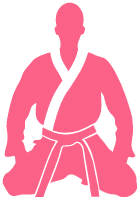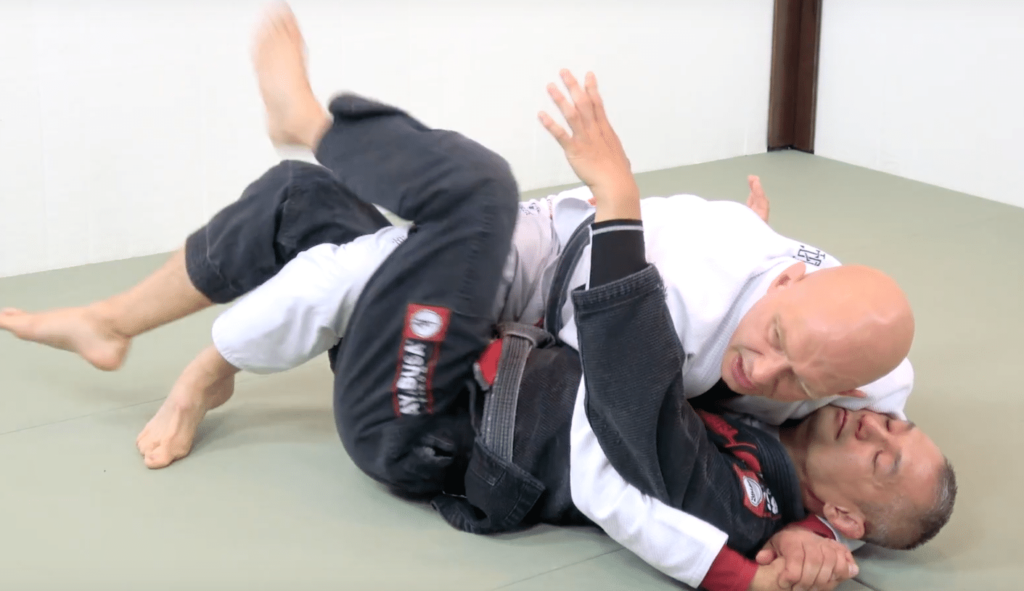Half guard is a popular guard used in Brazilian Jiu Jitsu, and it can be quite challenging to pass if you don’t understand the basic concepts. In this article, we’ll go over the fundamental principles of half guard passing so that you can improve your passing game and dominate your opponents on the mat.
Establishing Control: Positioning Yourself for Success
When you’re trying to pass the half guard, the first thing you need to do is establish control. Start by posting on your lead hand and driving your shoulder into your opponent’s chest. Use your other arm to control their head and shoulder, keeping their upper body pinned to the mat. This will make it difficult for them to move and give you the space you need to work your pass.
Navigating Through the Half Guard
Once you’ve established control, it’s time to work your way through your opponent’s legs. Start by using your lead leg to hook their leg and create a strong base. From there, you can use your other leg to free your trapped foot and step out of the half guard. Alternatively, you can use a knee cut pass or a leg weave to work your way through their guard.
Maintaining Pressure: Keeping Your Opponent Under Control
As you work your way through the half guard, it’s important to maintain pressure and control over your opponent. Keep your weight forward and your hips low to the mat to prevent your opponent from regaining their guard. Use your arms to control their upper body and keep their hips pinned to the mat.
Transitioning to Side Control: Finishing the Pass
Once you’ve successfully navigated through the half guard and maintained control, it’s time to finish the pass. Transition to side control by sliding your knee across your opponent’s body and securing your position with your arms. From there, you can work on advancing your position and looking for submissions.
Transition to Mount:
To transition from half guard to mount, you first need to create space between yourself and your opponent. One way to do this is by using your inside leg to push against their hip and create a wedge. This will create a gap between your body and theirs, allowing you to free your trapped leg.
Once you have created space, you need to control your opponent’s free leg. Use your outside arm to reach across their body and grab their ankle or knee. This will prevent them from using that leg to defend as you transition to mount.
With your opponent’s free leg controlled and space created, you are ready to transition to mount. To do this, you want to bring your trapped leg out and over your opponent’s body. As you do this, use your outside arm to pull their leg up and over your leg. This will allow you to slide your knee over their body and into the mount position.
Drilling and Practice: Developing Your Half Guard Passing Skills
Like any technique in Brazilian Jiu Jitsu, half guard passing takes time and practice to master. Spend time drilling the basic concepts outlined in this article, and work on developing your own unique style of passing. Don’t be afraid to experiment with different techniques and strategies to find what works best for you.
Hey there! Just a heads up that some of the links in this post are affiliate links, which means that if you click on them and make a purchase, I may earn a commission. But don’t worry, it won’t cost you anything extra – in fact, you might even get a sweet deal! Plus, every purchase made through one of these links helps support my blog and keep the content coming. So, if you do decide to make a purchase, thank you so much for your support – it means the world to me!
All the best,
Will








Pingback: Mastering the Half Guard Escape: A Fundamental Jiu Jitsu Technique – Jiu Jitsu Hub